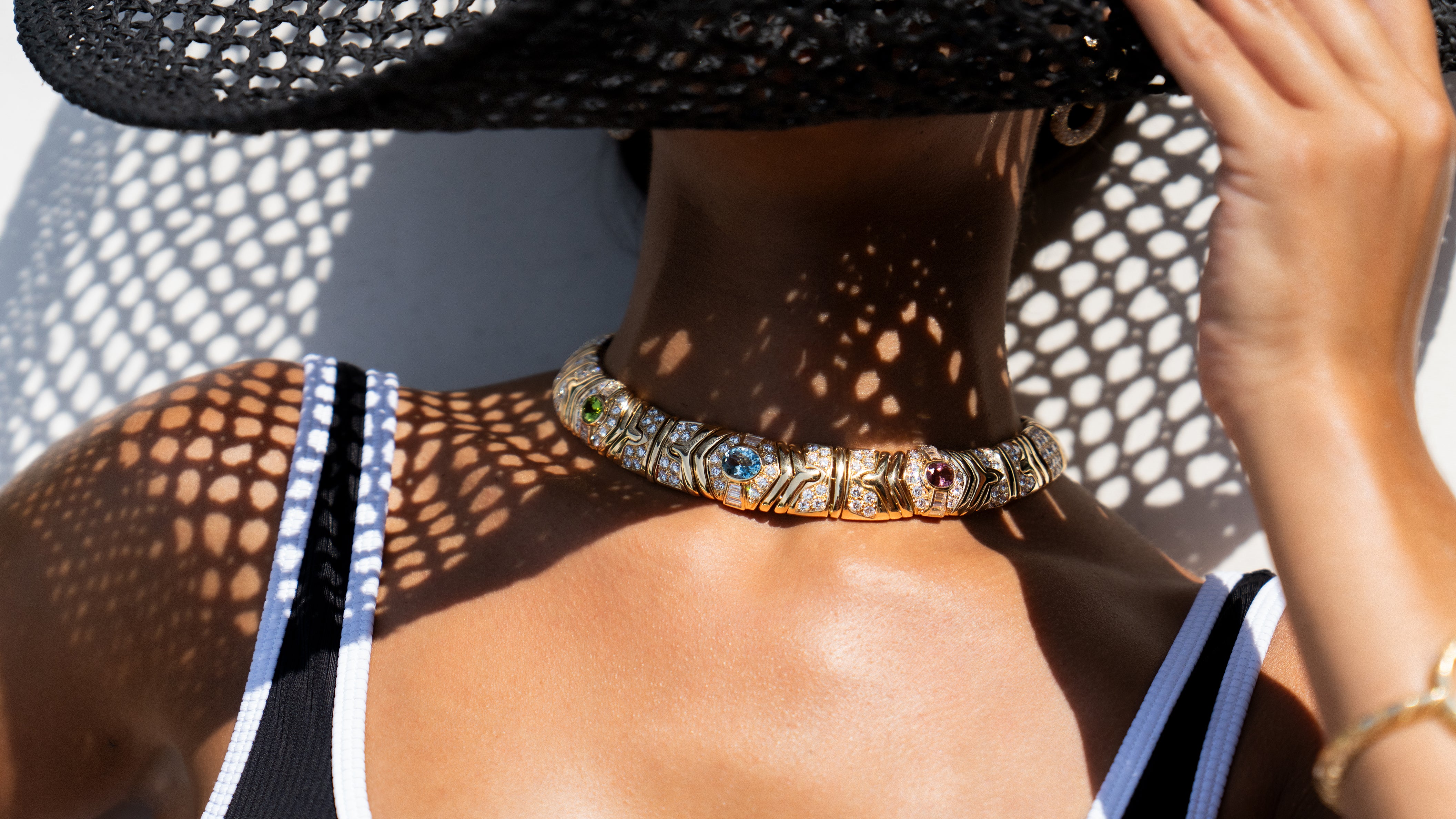Carlo Giuliano – Jewelry Designs of Yesteryear That Caught Royal Eyes
Many artisans have humble beginnings, yet rise to achieve notoriety and make a name for themselves based on their talent. Such is the case with Carlo Giuliano, whose work resides in the collections at The Met in New York City and London's Victoria and Albert Museum. As a jeweler who crafted pieces commissioned by the royal family, his designs are both intricate and lovely as he showcased a love for past techniques.
From Humble Beginnings
Giuliano was born in 1831 and began his work in Naples. In 1860 he moved to London with his wife Angelina and sons Carlo Joseph and Arthur Alphonse, where he set up a jewelry workshop at 13 Frith Street in Soho.
Some historians deduce that Giuliano worked for and trained under Castellani in Rome, so his purpose in moving to London was to set up a satellite location of Casa Castellani. Many dispute this theory, as there is no documentation of this in Castellani's records. Still, the fact reigns true that Giuliano was a talented artisan and accomplished craftsman.
In his early years, Giuliano concentrated on crafting Revivalist designs. He was inspired not only by the look of archaeological pieces and the aesthetic of the Renaissance, but he was fascinated by the methods of old. So much so, that Giuliano used ancient tools and techniques so his work would be more authentic. He also implemented die stamping in a few of his pieces.
Getting His Name Out There
Although he used designs from previous periods as inspiration, Giuliano did not craft exact replicas. He mixed centuries-old design aesthetics with modern trends to keep in fashion and suit the tastes of the mid-1800s.
Giuliano did not own a storefront, so he relied on retailers to sell his work. Although his pieces display his initials, jewelry houses such as Hunt & Roskell, Robert Phillips, and C.F. Hancock engraved Giuliano's pieces with their store trademark.
In 1867 Giuliano decided to showcase his jewelry in Paris at the Exposition Universelle, and by 1874 his name became recognizable as a designer and craftsman. It was then that he opened his shop at 115 Piccadilly, where an uncomplicated "CG" marked his work.
Gaining More Recognition
Giuliano became well-known for the quality and detailing of his enamel work. Other designs by Giuliano were renowned for the unusual combination of pairing gemstones or cabochons with natural elements such as lapis, pearls, fire opals, or zircons. Another earmark of his style was lozenge-shaped pendants with intricate enamel.
Although he was influenced a bit by the Indian style and crafted multicolored enamel pieces, many of his jewelry was monochromatic. It featured diamonds set in surroundings with black and white enamel.
Giuliano brought other artisans on board and eventually appointed Neapolitan Pasquale Novissimo to be his chief designer. As a skilled and detailed painter, Novissimo continued to work for Giuliano's company for forty years. A few of Novissimo's works are on display at the Victoria and Albert Museum in London.
Eventually, the Frith Street workshop closed and relocated to the retail store location in 1877. As a self-titled "artist jeweler," Giuliano continued to craft pendants, necklaces with fringe, earrings, tiaras, brooches, and hairpieces at Piccadilly.
Royal Patrons
As far as clientele, Giuliano caught the eye of the royals in the late 1800s. Queen Victoria commissioned a necklace for her goddaughter's 1877 wedding, which featured a gold profile of the queen surrounded in gems and enamel. The pendant is now in the Victoria and Albert Museum.
The accepted belief is that when Queen Victoria's son, Prince Albert, passed, Giuliano was commissioned to make a mourning piece comprised of black and white enamel. Other royal clientele is reputed to include King Edward VII and Empress Victoria of Prussia. Because he was trustworthy, Giuliano also did small tasks for royals such as restringing and cleaning a set of pearls belonging to Queen Alexandra.
His work presented so well that several painters of his day utilized Giuliano's work in their paintings. Designs by Giuliano appear in several Pre-Raphaelite works, including the famous 'Helen of Troy' by Poynter.
The Later Years
Giuliano passed away in 1895 in his Maida Vale home, leaving the business to his two sons. Both sons received their training from their father, resulting in adept design and craftsmanship.
In Giuliano's mind, his success came directly from his loyal clients. His assets included a detailed list of his clientele along with a directive that each would receive a jewel from his estate. He also willed pieces to the English government. A few were to be selected and displayed, although a few pieces were stolen from a glass encasement in 1899.
The business was renamed Carlo & Arthur Giuliano, and his sons moved the operation to 48 Knightsbridge in 1912, and pieces bore a mark with the initials of both of the sons. Although he was the more skilled of the two sons, Arthur, unfortunately, committed suicide, and the shop was subsequently closed in 1914.
Giuliano's legacy was long-standing, and his humble foray into designing and creating unique pieces opened many doors. He became a favorite among royals and left a legacy for his sons and those who loved his style alike.
